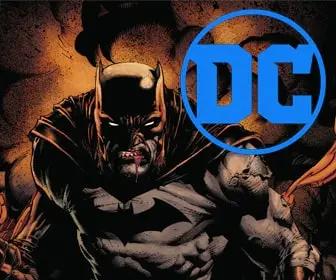
Creating Comic Book Art with Red and Blue Pencils: A Step-By-Step Guide
As any comic book artist or enthusiast will tell you, the journey of creating captivating comic book art starts with a simple pencil sketch. Traditional comic book art often incorporates a unique tool that might seem unconventional to those unfamiliar with the craft – non-photo blue and red pencils. These pencils play a crucial role in the process, guiding the artist through the initial sketching and layout phase and preparing the canvas for the inking that comes next.
In this post, we’ll delve into the world of comic book art and explore how you can start creating your own pieces using red or blue pencils.
Understanding Red and Blue Pencils
The non-photo blue or red pencil, also known as a non-repro blue or red, has a unique characteristic – it doesn’t show up in the photolithography process used in traditional comic book printing. This means that after the inking process, artists can simply scan the artwork, and the scanner will not pick up the blue or red lines, only the final inked lines. Even though digital methods have largely replaced this process, the use of these pencils continues in modern comic book art due to its many benefits.
Why Use Red or Blue Pencils?
The primary advantage of using red or blue pencils lies in their flexibility. You can easily erase these lines, make adjustments, and experiment with your layout without the fear of committing too soon. Moreover, when you transition to inking, you can be confident that your mistakes or guide lines won’t interfere with your final product.
How to Start Creating Comic Art with Red or Blue Pencils
Step 1: Choose Your Materials
Your non-photo blue or red pencil will be your guide during the initial sketching process. There are several brands to choose from – like Prismacolor Col-Erase, Staedtler Mars Lumograph, or Pilot Color Eno. These pencils offer different hues and hardness, so it might take some trial and error to find the one that best suits your style.
Step 2: Begin with Basic Shapes and Structures
Start your drawing by laying out basic shapes and structures using your red or blue pencil. This step helps to break down complex characters or scenes into manageable parts. Remember, these lines are not final; feel free to make adjustments as you go along.
Step 3: Add Detail and Refine Your Sketch
Once you’re satisfied with the basic layout, you can start adding more detail to your drawing. Remember, the goal at this stage is to refine your sketch and solidify the design before moving onto inking.
Step 4: Transition to Inking
After you’ve sketched and refined your comic with your blue or red pencil, it’s time to transition to inking. With a steady hand, trace over your pencil lines with your choice of an ink pen. Allow your lines to dry thoroughly before erasing your pencil marks to avoid smudging.
Step 5: Erase and Scan
When the ink is thoroughly dry, gently erase your blue or red pencil lines. Then, scan your inked drawing into a computer. Remember, these colored pencil lines won’t show up on the scanned image, leaving you with a clean, ready-to-color comic art piece.
Creating comic book art is a rewarding process that requires patience, practice, and precision. The use of red or blue pencils allows artists to maintain flexibility in the initial stages, refining their artwork until they’re ready to commit to the final product. As you continue to practice and explore, you’ll find that these seemingly simple tools can significantly enhance your artistic process and the quality of your comic book art. Happy drawing!











